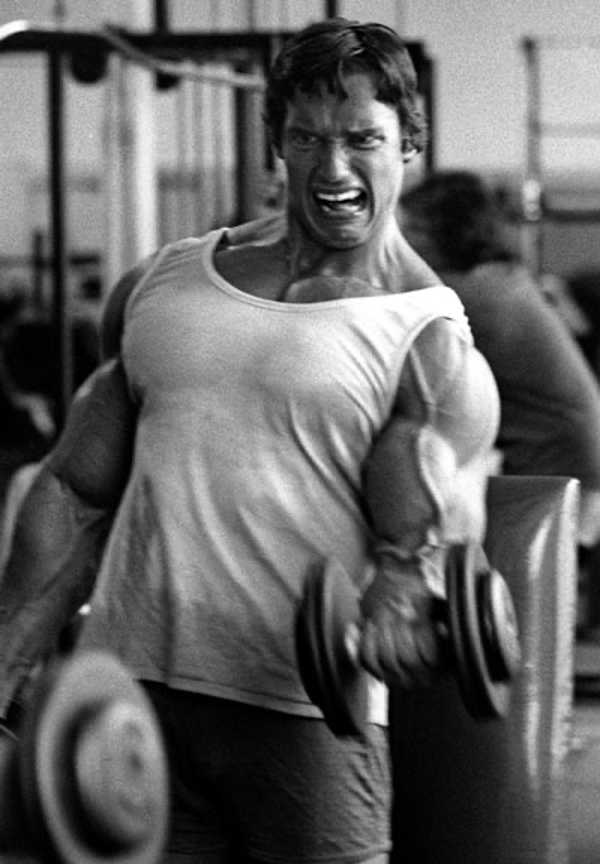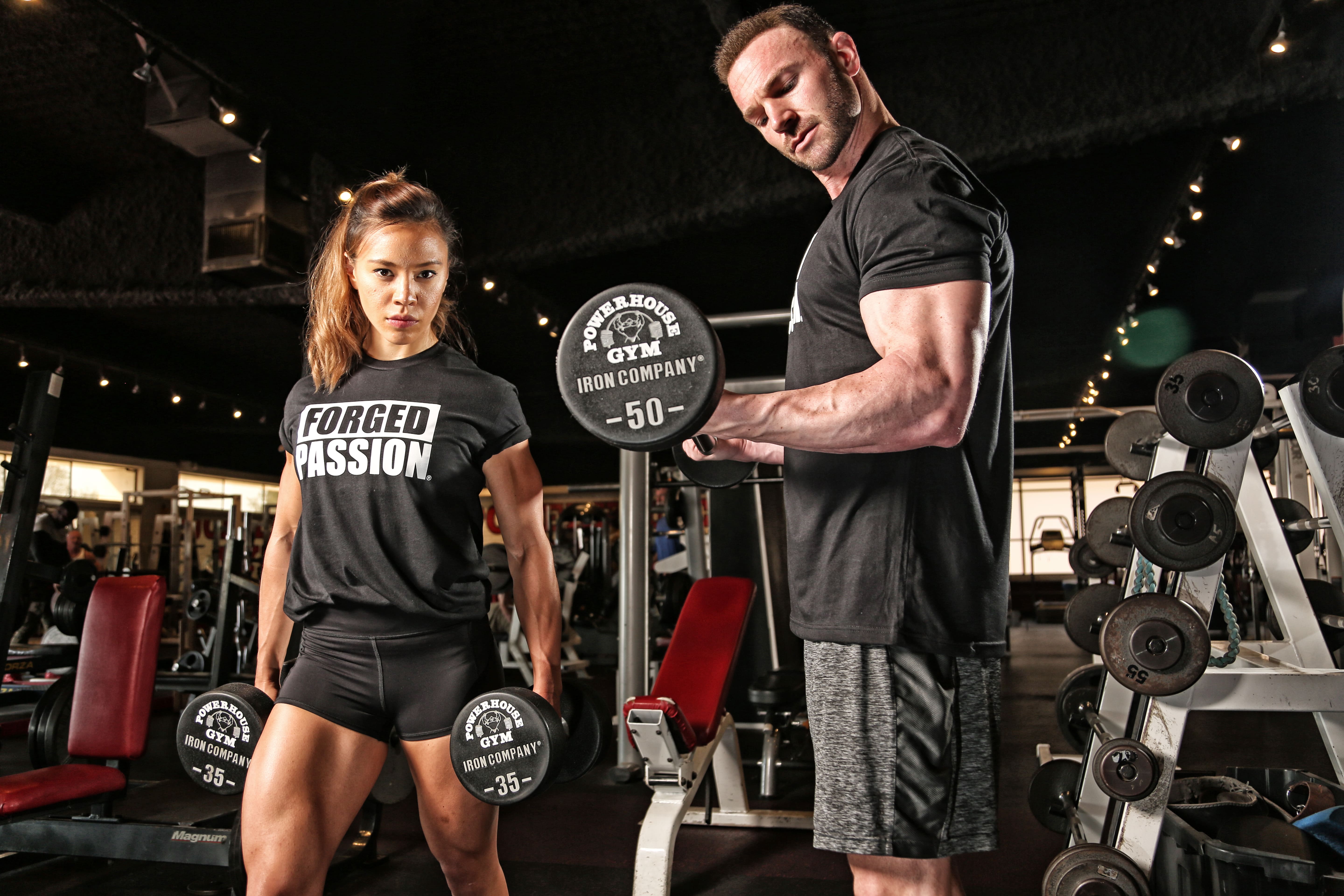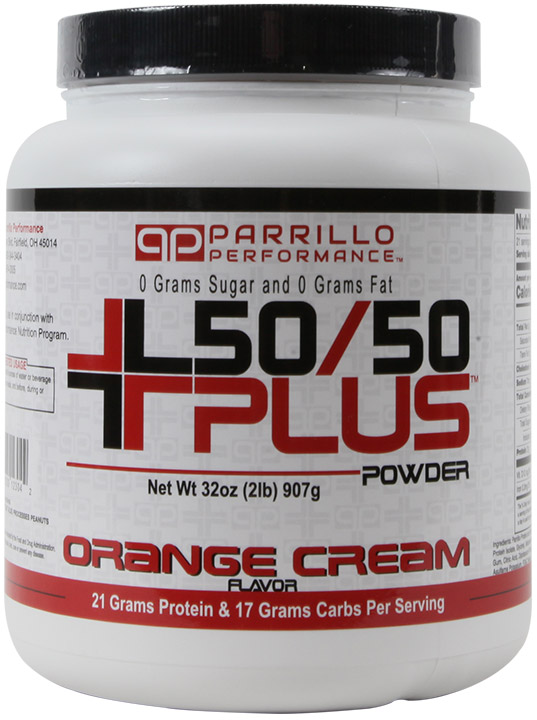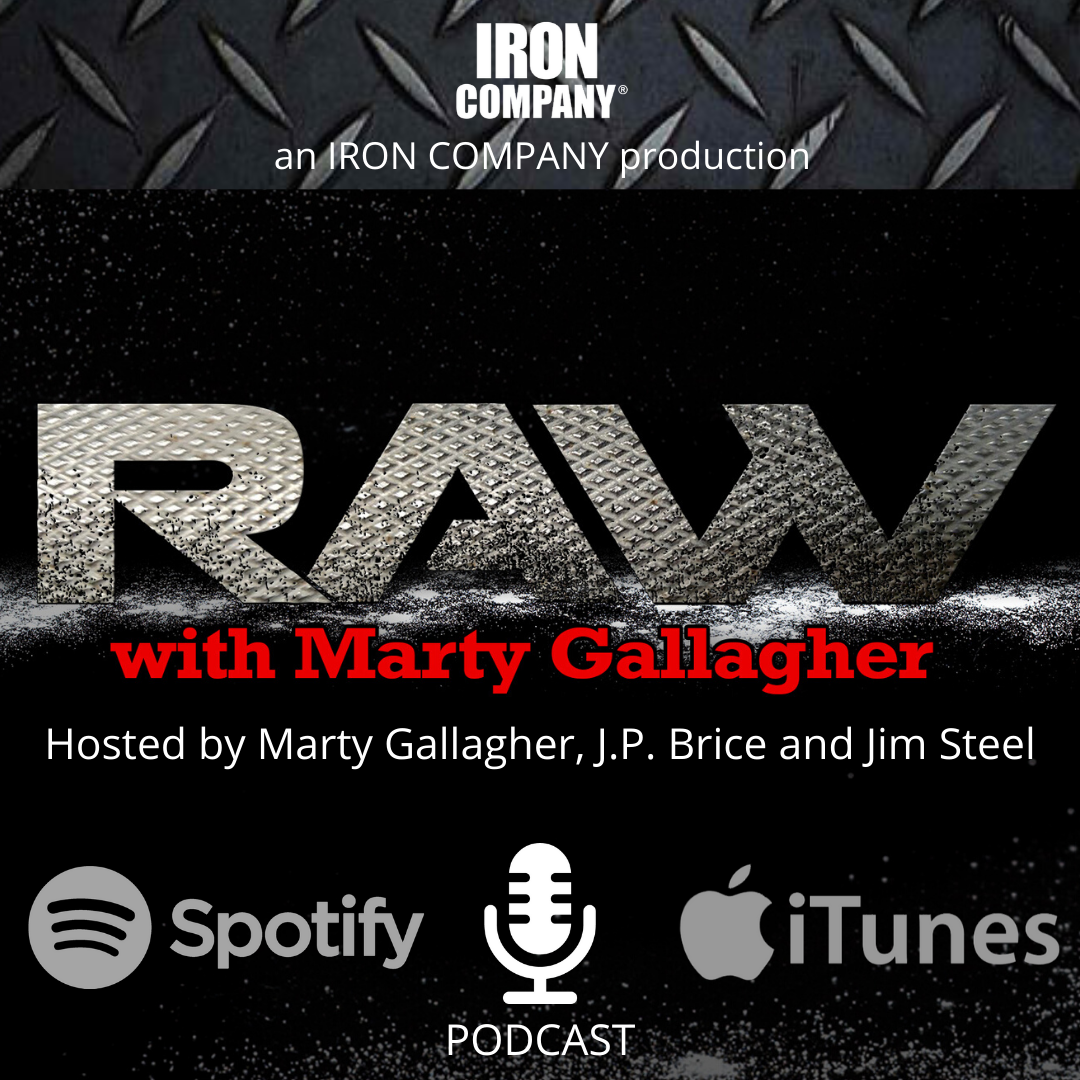
The Pump Is Paramount To A Bodybuilder - Bodybuilding Explained
Bodybuilder Arnold Schwarzenegger at his peak: the pump is the point
In classical bodybuilding, the bodybuilder training goal is not the poundage used in an exercise, the goal is the pump. A muscle pump is the forceable expansion of a targeted muscle. This is done by pumping massive amounts of blood into the muscle. Multiple exercises are used per muscle or muscle group. Set after set, pump after pump, the targeted muscle is forcibly and repeatedly enlarged. No real heed is paid to the weight used to create the pump; the poundage is secondary and factually of no real importance. What is paramount to the bodybuilder is the pump, not the poundage. With time and repetition, the pump strategy will make targeted muscles larger but will not increase strength to any great degree.
The strength athlete, the powerlifter, the Olympic weightlifter, the college or pro athlete, the strongman competitor, all seek to become stronger, to be able to handle more poundage in proscribed ways in key core lifts. Any muscle built in pursuit of increased poundage-handling ability is strictly an unintended consequence. The strength athlete doesn’t care about pumping his muscles, he cares about increasing his barbell deadlift from 500 to 600. What was discovered was that by getting stronger, muscle size increased. Increasing a deadlift from 500 to 600-pounds (a 20% increase in deadlift strength) causes the strength athlete to grow incredible amounts of new back muscle. Muscle growth is an unintended side consequence of successful strength training.
To engorge a muscle maximally the pro bodybuilders discovered it was best to use a wide range of exercises for a single body part, this was called “hitting a muscle from different angles.” A pro bodybuilder working quads might work up to high rep sets in the back squat then immediately hit leg presses followed by hack squats and leg extensions. The bodybuilder must use sub-maximal poundage and higher reps to generate pump after pump after pump…all within the same workout. By the time an advanced bodybuilder works through 20 sets and four different quad exercises, his thighs will look as if “he swallowed an air hose.”

And this just for the quadriceps. Hamstring and calves still need their 3-4 exercises and their pumping. There is a lot of pumping in bodybuilding and done right, this requires a lot of training time. A serious bodybuilder works through a long list of exercises, performing lost of sets, trying to cram as many exercises as possible into each session. Old school bodybuilders trained every muscle three times a week. Most modern bodybuilders will train a muscle twice a week, performing 3-4 exercises per body part, hitting 2-3 body parts per session. This is still a lot of volume.
If a bodybuilder is expected to perform 20 sets for quads, 16 sets for hamstrings and calves – and then swing into 15 sets for shoulders – all in the same session – poundage must take a back seat. To complete a 35-set workout, you must make it across the finish line. You should not kill yourself on the 1st exercise of the session. You need attain a steady pace to have any hope of completing all the assigned exercises. Bodybuilders will not exhaust themselves on any single exercise as it will adversely affect all exercise that follows. Pacing is critically important in the bodybuilding workout.
Top bodybuilders like to train together so that they can spot one another and provide the critical bit of help needed to squeeze out extra pump-enhancing forced reps. Forced reps and drop sets are used to extend the final set of an exercise. Going past failure is a huge favorite in bodybuilding. Having a training partner (or two) available to spot allows you to go for those reps you would not try alone. Exercise machines are ideal for administering forced reps.
Over time and with repeated practice, the ability to “delve deeper into the pain zone” improves. The more experienced bodybuilder is far better able to deal with the lactic acid build-up that accompanies the final reps of the top sets of an exercise than someone new to the tactic. The ability to absorb more pain (pain is too strong a word, factually you are dealing with intense discomfort) allows for more extended sets within the session. I once witnessed the great Bill Pearl take a friend (Sri Chinmoy Ghose, guru to the stars) through a full-on hardcore bodybuilding workout. It was relentless and unending. It took 90-minutes. Pearl had Sri using peewee poundage and moving at the rate of 1 set per minute. I got tired watching. Pearl never had Ghose go all out but keep piling on the exercises.
Bodybuilders will load up on glycogen ahead of a workout to promote bigger and better pumps and pumps that last longer into the extended workout. Kevin Lavrone at his peak would eat a half pound of high glycemic plain pasta 30-minutes before launching into a two-hour workout. Post-workout, a bodybuilder having completed 40 sets in 90 minutes will have exhausted every nutrient in his body. The elite bodybuilders were the first to champion post-workout “replenishment” meals or liquified shakes.
This made and makes perfect sense – why not replenish the exhausted glycogen and the decimated amino acids? What could be smarter then consuming that which has been exhausted by the just-completed workout? The favored method is the post-workout replenishment shake. The shake gets into the system almost immediately and can be activated by walking to the gym water fountain. The replenishment shake we use is put out by Parrillo Performance Products and is a dry powder that is activated by mixing it with cold water.
I use four scoops of dry powder mixed with cold water in a glass or Tupperware shaker. This concoction delivers 42 grams of protein and 34 grams of slow-release, glycogen-replenishing carbohydrate. All this with with no fat and only 1 gram of sugar – and no high fructose corn syrup. I feel so much better when I take this replenishment shake as opposed to when I forget. Being a liquid, the nutrients get into the bloodstream much quicker than a food meal. I will take my 50-50 Plus replenishment shake ¾ through a workout to forestall end of session energy nosedives.
If you have a hankering to try some “real” bodybuilding, be prepared to change your approach: broaden the training menu, allot more training time, forget the poundage on the bar and go for feel and above all else seek and achieve the almighty muscle pump. Afterwards, fire down a smart bomb to replenish all that has been exhausted. In bodybuilding, the pump is the point.
About the Author
As an athlete Marty Gallagher is a national and world champion in Olympic lifting and powerlifting. He was a world champion team coach in 1991 and coached Black's Gym to five national team titles. He's also coached some of the strongest men on the planet including Kirk Karwoski when he completed his world record 1,003 lb. squat. Today he teaches the US Secret Service and Tier 1 Spec Ops on how to maximize their strength in minimal time. As a writer since 1978 he’s written for Powerlifting USA, Milo, Flex Magazine, Muscle & Fitness, Prime Fitness, Washington Post, Dragon Door and now IRON COMPANY. He’s also the author of multiple books including Purposeful Primitive, Strong Medicine, Ed Coan’s book “Coan, The Man, the Myth, the Method" and numerous others. Read the Marty Gallagher biography here.



